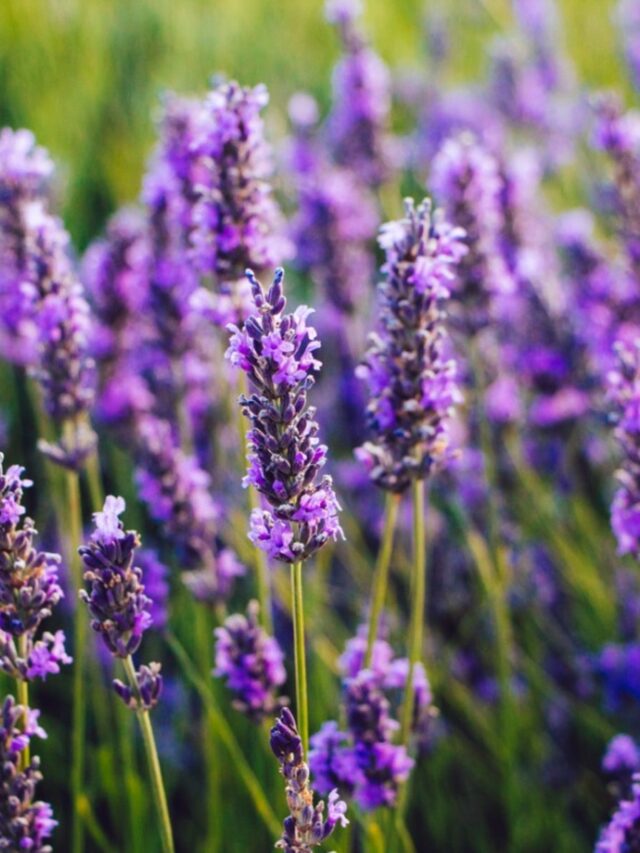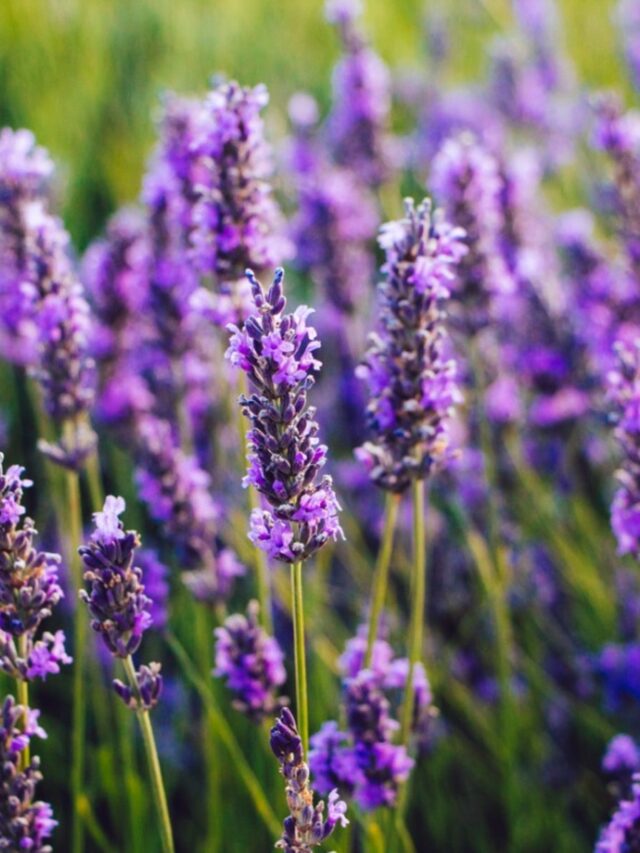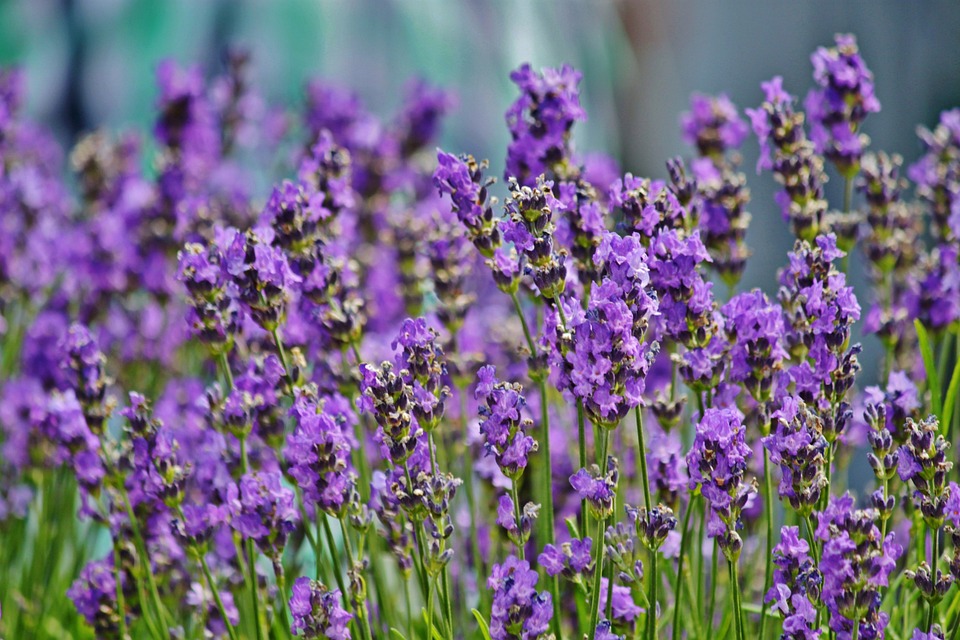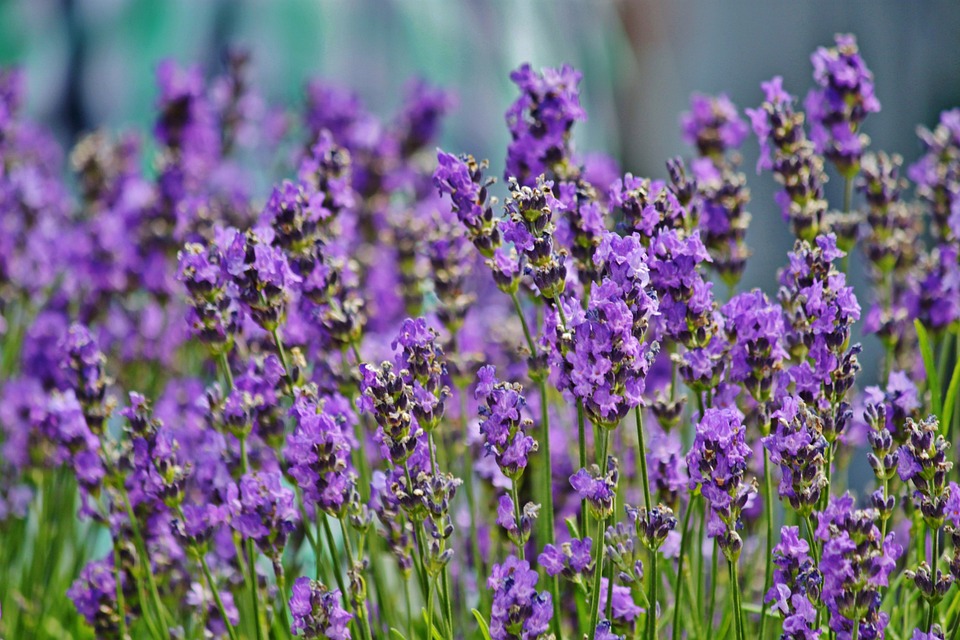Perennial flowers are a gardener’s delight, offering beauty and resilience year after year.
Unlike annuals, which complete their life cycle in one growing season, perennials return each spring, bringing color and vibrancy to gardens with minimal effort.
This guide explores a variety of perennial flowers that bloom in different seasons, ensuring your garden remains colorful throughout the year.
Spring Bloomers

Tulips (Tulipa)
Tulips are one of the most iconic spring flowers, known for their bright, cup-shaped blooms.
Available in almost every color of the rainbow, tulips can suit any garden palette.
Plant tulip bulbs in the fall for a stunning display in early to late spring.
They thrive in well-drained soil and full sun.
Daffodils (Narcissus)
Daffodils herald the arrival of spring with their cheerful yellow, white, or orange blooms.
These hardy flowers are easy to grow and multiply over the years.
Plant daffodil bulbs in the fall, and they will reward you with blooms from late winter to early spring.
They prefer full sun to partial shade and well-drained soil.
Hellebores (Helleborus)
Also known as Lenten roses, hellebores are among the earliest bloomers, often pushing through the snow in late winter or early spring.
These shade-loving plants have nodding flowers in shades of white, pink, purple, and green.
They thrive in rich, well-drained soil and are excellent for woodland gardens.
Summer Showstoppers

Daylilies (Hemerocallis)
Daylilies are beloved for their low maintenance and prolific blooms that last from early summer to fall.
Each flower only lasts a day, but plants produce multiple blooms over several weeks.
Daylilies come in a variety of colors and thrive in full sun to partial shade and well-drained soil.
Coneflowers (Echinacea)
Coneflowers are sturdy, drought-tolerant perennials that bloom from midsummer to early fall.
Their distinctive daisy-like flowers with raised centers attract butterflies and bees.
Coneflowers come in shades of purple, pink, white, and yellow and grow best in full sun and well-drained soil.
Black-eyed Susans (Rudbeckia)
Black-eyed Susans are quintessential summer flowers, known for their bright yellow petals and dark centers.
These hardy plants bloom from midsummer to fall, attracting pollinators and adding a splash of color to gardens. They thrive in full sun and well-drained soil.
Fall Favorites

Asters (Symphyotrichum)
Asters are autumn bloomers that provide late-season color with their star-shaped flowers in shades of purple, blue, pink, and white.
These perennials attract butterflies and add a burst of color when many other plants are fading.
Asters prefer full sun and well-drained soil.
Sedum (Sedum spectabile)
Sedum, also known as stonecrop, is a versatile fall-blooming perennial with fleshy leaves and clusters of star-shaped flowers.
It’s drought-tolerant and attracts butterflies.
Sedum blooms in late summer to fall in shades of pink, red, and white and thrives in full sun and well-drained soil.
Chrysanthemums (Chrysanthemum)
Chrysanthemums, or mums, are classic fall flowers that come in a wide range of colors and forms.
They bloom from late summer into fall and are a favorite for autumn decorations.
Mums prefer full sun and well-drained soil.
Pinching back the stems in early summer encourages bushier growth and more blooms.
Winter Wonders

Winter Jasmine (Jasminum nudiflorum)
Winter jasmine is a bright spot in the winter garden with its yellow blooms appearing in late winter to early spring.
This deciduous shrub can be trained to climb or left to cascade over walls.
It prefers full sun to partial shade and well-drained soil.
Snowdrops (Galanthus)
Snowdrops are among the earliest bloomers, often emerging in late winter with delicate, nodding white flowers.
These bulbs are best planted in the fall and prefer partial shade and well-drained soil.
Snowdrops are perfect for naturalizing in lawns and woodland areas.
Hellebores (Helleborus)
As mentioned earlier, hellebores are also winter bloomers.
Their resilience and early flowering make them valuable for adding interest to the winter garden.
Their long-lasting blooms and evergreen foliage provide year-round appeal.
Tips for Growing Perennials

Choosing the Right Plants
When selecting perennials, consider your climate, soil type, and the amount of sunlight your garden receives.
Choose plants that are suited to your region and garden conditions to ensure success.
Soil Preparation
Good soil preparation is key to healthy perennial growth. Amend the soil with organic matter such as compost to improve drainage and fertility.
A soil test can help determine any nutrient deficiencies that need addressing.
Planting and Spacing
Plant perennials at the appropriate depth and spacing to allow for air circulation and growth.
Follow the planting instructions for each specific plant.
Mulching around the plants helps retain moisture, suppress weeds, and regulate soil temperature.
Watering and Feeding
Newly planted perennials need regular watering until established.
Once established, many perennials are drought-tolerant, but regular watering during dry periods helps maintain vigor.
Fertilize perennials in early spring with a balanced, slow-release fertilizer to support healthy growth.
Pruning and Deadheading
Pruning and deadheading encourage more blooms and keep plants looking tidy.
Remove spent flowers to prevent seed formation and promote continuous blooming.
Some perennials benefit from cutting back in the fall, while others prefer spring pruning.
Dividing and Transplanting
Many perennials benefit from division every few years to rejuvenate growth and prevent overcrowding.
The best time to divide perennials is in early spring or fall when the plants are not in active growth.
Replant divisions promptly and water well.
Designing with Perennials

Color Schemes
Design your garden with a color scheme in mind to create harmony and visual interest.
Consider complementary colors, monochromatic schemes, or bold contrasts.
Grouping plants with similar bloom times ensures a cohesive look.
Layering and Height
Layer perennials by height to create depth and structure in your garden.
Place taller plants at the back of borders or in the center of island beds, with shorter plants in front.
This arrangement allows all plants to be visible and creates a balanced appearance.
Seasonal Interest
Select a variety of perennials that bloom at different times of the year to ensure continuous color.
Incorporate evergreens and plants with interesting foliage or seed heads for year-round interest.
Wildlife Attraction
Choose perennials that attract pollinators such as bees, butterflies, and hummingbirds.
Plants with nectar-rich flowers, such as coneflowers and asters, support beneficial insects and contribute to a healthy garden ecosystem.
Conclusion
Perennial flowers offer enduring beauty and resilience, making them a staple in any garden.
By selecting a variety of perennials that bloom in different seasons, you can enjoy a vibrant and ever-changing garden throughout the year.
With proper care and thoughtful design, perennials will reward you with years of colorful blooms and garden enjoyment.






